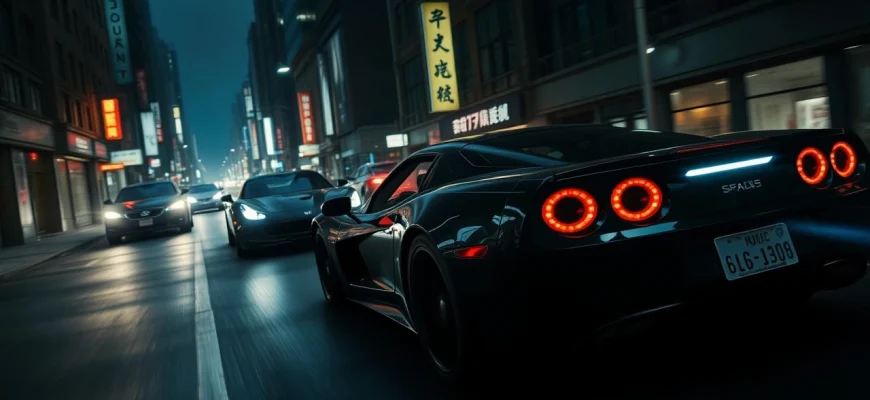If you're a fan of high-octane car chases, thrilling heists, and adrenaline-pumping action, then 'Gone in Sixty Seconds' (2000) is likely a favorite in your collection. But what do you watch when you've seen it one too many times? This article is here to help! We've curated a list of 10 movies and shows that capture the same heart-pounding excitement, intricate heists, and fast-paced storytelling. Whether you love the sleek cars, the tension-filled sequences, or the charismatic antiheroes, these picks will keep you on the edge of your seat.
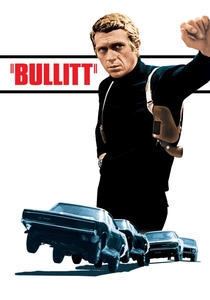
Bullitt (1968)
Description: As a precursor to 'Gone in Sixty Seconds', 'Bullitt' set the standard for cinematic car chases with its iconic San Francisco sequence. Both films prioritize realistic, thrilling driving over flashy effects. The cool, understated protagonists and the focus on professional criminals are themes shared between the two movies.
Fact: The famous car chase took three weeks to film. Steve McQueen did some of his own driving in the film. The Mustang used in the chase became one of the most famous cars in movie history.
 Watch Now
Watch Now 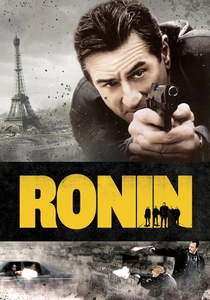
Ronin (1998)
Description: 'Ronin' shares with 'Gone in Sixty Seconds' intense, realistic car chase sequences that are central to the plot. Both films involve a group of specialists brought together for a mission, blending action with strategic planning. The European setting and the focus on professional criminals add a layer of sophistication similar to the heist elements in 'Gone in Sixty Seconds'.
Fact: The car chases were filmed without CGI, using real drivers at high speeds. Robert De Niro did extensive research on intelligence operations for his role. The film's title refers to masterless samurai, symbolizing the characters' status.
 Watch Now
Watch Now 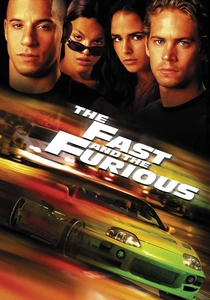
The Fast and the Furious (2001)
Description: Similar to 'Gone in Sixty Seconds' (2000), 'The Fast and the Furious' revolves around high-stakes car theft and street racing, blending action with a focus on automotive culture. Both films feature a mix of adrenaline-pumping chase sequences and a crew of skilled drivers. The themes of loyalty, family (both biological and chosen), and the thrill of the heist are central to both movies.
Fact: The film was inspired by a Vibe magazine article about underground street racing in New York City. Paul Walker performed many of his own driving stunts. The movie's success spawned a multi-billion dollar franchise.
 Watch Now
Watch Now 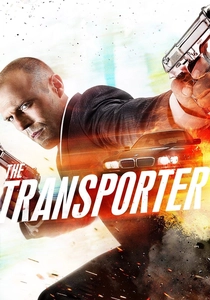
The Transporter (2002)
Description: This film, like 'Gone in Sixty Seconds', features a protagonist whose driving skills are unparalleled, set within a world of crime and action. Both movies showcase high-octane car chases and a cool, collected lead character. The blend of martial arts and vehicular stunts in 'The Transporter' parallels the diverse action in 'Gone in Sixty Seconds'.
Fact: Jason Statham performed many of his own stunts, including fight scenes. The film's success led to two sequels and a TV series. The BMW used in the movie was specially modified for the stunts.
 Watch Now
Watch Now 
The Italian Job (2003)
Description: This heist film, like 'Gone in Sixty Seconds', centers around a team of thieves executing a meticulously planned operation, with a strong emphasis on vehicular action. The use of Mini Coopers in elaborate chase scenes mirrors the focus on specific cars in 'Gone in Sixty Seconds'. Both films balance action with humor and camaraderie among the crew.
Fact: The film is a remake of the 1969 British movie of the same name. Real Mini Coopers were used in the stunts, with some modifications for durability. The movie's climax was filmed in Los Angeles' storm drain system.
 Watch Now
Watch Now 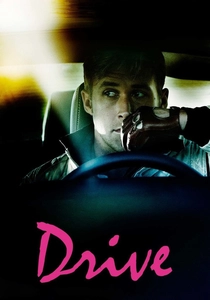
Drive (2011)
Description: 'Drive' shares with 'Gone in Sixty Seconds' a protagonist whose exceptional driving skills are central to the plot. Both films explore the criminal underworld, though 'Drive' takes a more introspective and stylized approach. The tension-filled car chases and the blend of action with deeper character study create a similar appeal.
Fact: Ryan Gosling learned to do some of his own stunts, including drifting. The film's soundtrack, heavily featuring synth-pop, became iconic. Director Nicolas Winding Refn was inspired by fairy tales for the film's visual style.
 Watch Now
Watch Now 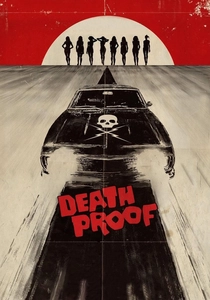
Death Proof (2007)
Description: Quentin Tarantino's 'Death Proof' shares with 'Gone in Sixty Seconds' a love for car chases and vehicular action, though with a more grindhouse aesthetic. Both films feature strong, charismatic leads and a focus on the mechanics and thrill of driving. The homage to car chase films of the 70s in 'Death Proof' resonates with the car-centric narrative of 'Gone in Sixty Seconds'.
Fact: The film was part of the 'Grindhouse' double feature with 'Planet Terror'. Kurt Russell performed many of his own stunts. The movie's climactic chase was filmed in one continuous take.
 Watch Now
Watch Now 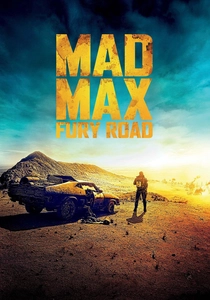
Mad Max: Fury Road (2015)
Description: While more post-apocalyptic, 'Mad Max: Fury Road' shares with 'Gone in Sixty Seconds' an emphasis on vehicular mayhem and high-speed chases. Both films feature a relentless pace and a visual spectacle centered around cars. The themes of survival and rebellion against oppressive forces add a similar intensity to both movies.
Fact: The film was in development for over a decade. Most stunts were performed practically, with minimal CGI. The movie won six Academy Awards, mostly in technical categories.
 Watch Now
Watch Now 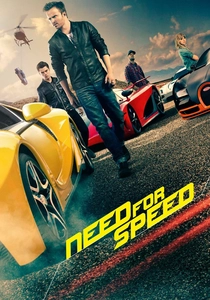
Need for Speed (2014)
Description: Inspired by the video game series, 'Need for Speed' mirrors 'Gone in Sixty Seconds' in its celebration of car culture and high-speed chases. Both films feature a protagonist wronged by rivals, seeking redemption through driving prowess. The emphasis on practical effects and real stunts over CGI creates a similar gritty, authentic feel.
Fact: Real cars were used for stunts, reaching speeds of up to 120 mph. Aaron Paul trained extensively to perform some of his own driving scenes. The film includes several Easter eggs referencing the video games.
 Watch Now
Watch Now 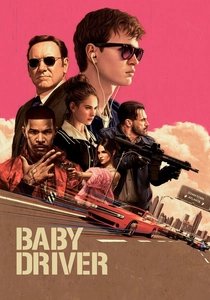
Baby Driver (2017)
Description: Like 'Gone in Sixty Seconds', 'Baby Driver' features a getaway driver with unparalleled skills, set against a backdrop of heists and high-speed chases. Both films use music dynamically to enhance their car sequences, creating a rhythmic and immersive experience. The themes of redemption and the protagonist's desire to escape a life of crime are also shared.
Fact: All car stunts were done practically, with minimal CGI. The lead actor, Ansel Elgort, had to learn to drive stick shift for the role. The film's script was written over 20 years before it was produced.
 Watch Now
Watch Now 
